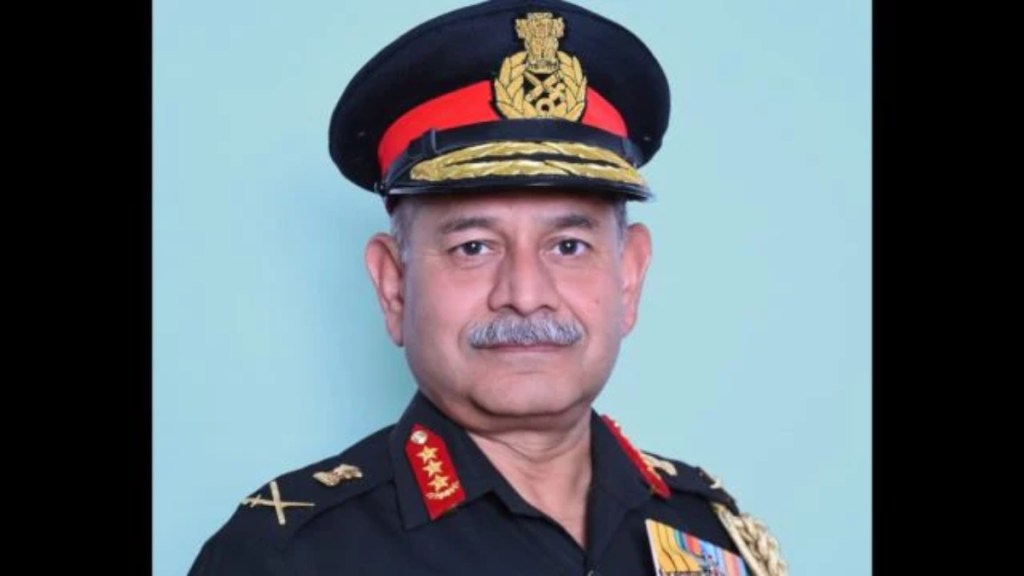The relationship between India and China, two of Asia’s largest powers, remains complex and delicate. As diplomatic efforts continue to ease the longstanding military standoff along the Line of Actual Control (LAC) in eastern Ladakh, the reality on the ground remains tense.
Indian Army Chief General Upendra Dwivedi, speaking at the curtain raiser event for the Chanakya Defence Dialogue in New Delhi, underscored the intricacies of managing relations with China, stating that the approach must involve a mix of “competing, cooperating, coexisting, confronting, and contesting.”
A Sensitive but Stable Situation
The Army Chief highlighted the stability of the situation along the LAC, but with a clear caution: “It’s stable, but it’s not normal and it’s sensitive. We want the situation to be restored back to what it was before April 2020, whether in terms of the ground occupation situation or the buffer zones that have been created.” His comments reflect India’s long-standing demand for a return to the status quo prior to the Galwan Valley clash, which resulted in the deaths of 20 Indian and 4 Chinese soldiers in June 2020. Since then, despite numerous rounds of negotiations, tensions remain high with no full resolution in sight.
Diplomatic efforts, however, have been fruitful to some extent. Indian External Affairs Minister S. Jaishankar recently noted that 75 percent of disengagement problems between India and China have been resolved.
Nonetheless, the remaining points of friction, such as Depsang and Demchok, continue to stall complete disengagement. General Dwivedi emphasized that while diplomatic talks have yielded “positive signalling,” the execution of any agreements depends on military commanders on the ground. “The diplomatic side gives options and possibilities,” he noted, but the final decisions are in the hands of military leaders from both sides.
Trust: The Biggest Casualty
One of the most significant losses in the standoff has been mutual trust. “Trust has become the biggest casualty,” General Dwivedi said, reflecting the deeply entrenched mistrust between the two nations, particularly after the Galwan Valley clash. The incident marked the most violent confrontation between India and China in decades, resulting in a complete collapse of the fragile peace that had existed along the LAC.
Since May 2020, both countries have maintained large numbers of troops along the contested border, with India deploying over 50,000 soldiers in forward positions equipped with advanced weapons. This large-scale military presence underscores the seriousness of the situation, as both sides remain poised for any contingency. As General Dwivedi reiterated, India is “fully operationally prepared to face any kind of contingency.”
Diplomatic Progress and Military Challenges
Despite the military standoff, diplomatic engagements between the two countries have continued. India and China held two rounds of diplomatic talks in July and August, aimed at resolving the remaining issues along the LAC. National Security Advisor Ajit Doval and Chinese Foreign Minister Wang Yi also held discussions on the sidelines of a BRICS summit in St. Petersburg, where both sides agreed to “redouble efforts” to ensure complete disengagement.
However, the gap between diplomatic optimism and military realities remains significant. He acknowledged that while talks have addressed the “low-hanging fruits,” the more difficult issues still need to be tackled. “Now, when we have a difficult situation, both sides need to find a win-win solution,” he stated, emphasizing the need for a balanced outcome that preserves the interests of both nations.
The Road Ahead: Compete, Cooperate, Coexist
India’s approach toward China, as articulated by General Dwivedi, reflects a multi-dimensional strategy. “With China, you have to compete, cooperate, coexist, confront, and contest,” he said, capturing the complex dynamics that define India-China relations. This approach not only acknowledges the competitive aspects of the relationship—driven by geopolitical and strategic rivalries—but also the necessity for cooperation and coexistence, particularly in areas like trade and regional stability.
At the same time, the need for confrontation and contestation cannot be ignored, especially when it comes to defending national sovereignty and territorial integrity. The ongoing military talks between the two nations, which have included 21 rounds of Corps Commander-level discussions, highlight the continuing efforts to resolve the standoff. Yet, as General Dwivedi pointed out, the situation will remain sensitive until the pre-2020 status quo is restored.
Navigating a Complex Relationship
The standoff between India and China is symbolic of the broader challenges that characterize their relationship. While diplomatic efforts have made progress, particularly in resolving some disengagement issues, the reality on the ground remains fraught with tension. India’s military remains on high alert, fully prepared for any contingency, even as diplomatic channels continue to explore avenues for resolution.

